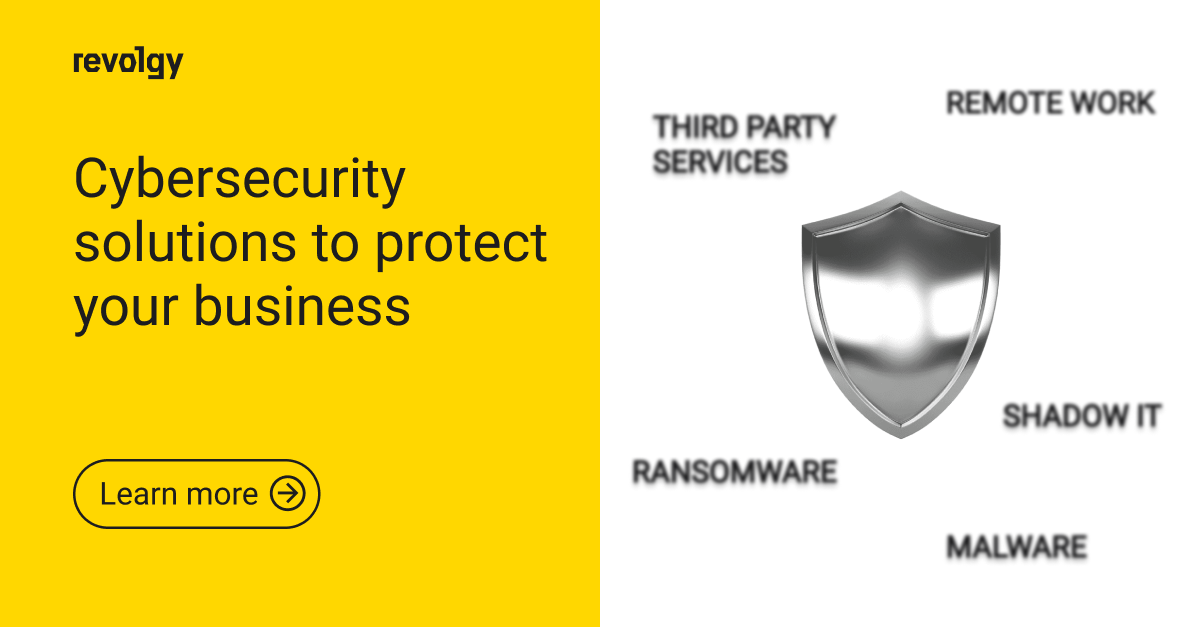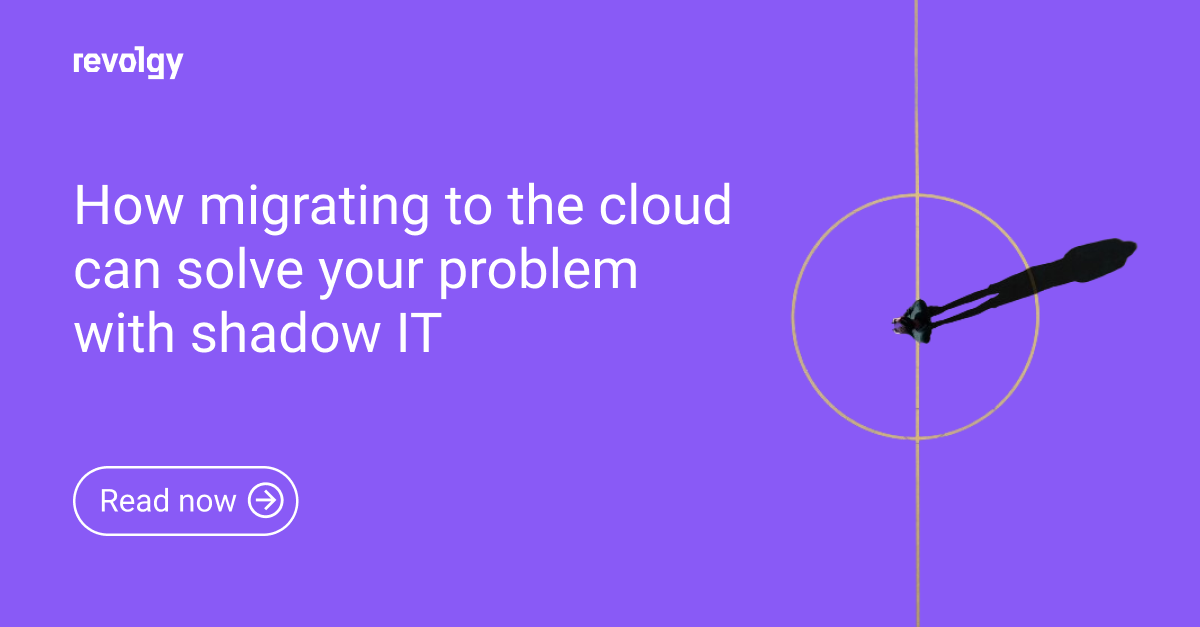Google Workspace, Professional Services
Centralize user management easily with JumpCloud
Managing a few hundred users across departments, locations, and sometimes across business units is hard. Over the past 20 years, the field of IT management has grown increasingly complex. With more freedom in the procurement process, it's become common for employees within a single company or even within the same team to independently choose different software and hardware to suit their specific requirements.
We know the pain. But there is a way to simplify life for your IT Admins, and for the whole business at the end of the day.
User management solution developed by IT Admins, for IT Admins
The solution is called JumpCloud. We tested several suitable solutions for our clients, but JumpCloud is the most useful, very comprehensive, and also doesn't ruin your budget. Since we really like it, we became partners some time ago.
JumpCloud is a cloud-based directory services platform that allows organizations to manage and secure user access to systems, applications, and networks. It provides a central directory platform to store and manage user identities and allows IT teams to provision and de-provision access to resources easily. It also offers features such as multi-factor authentication and password management, making it a comprehensive solution for user management and security.
JumpCloud is suitable for companies of all sizes because it offers a range of tools that can help businesses streamline their operations and improve their security significantly.
Key benefits of the JumpCloud platform
One of the key benefits of JumpCloud is its ability to centralize user and identity management. This means that businesses can easily manage all of their users, including employees, contractors, and vendors, from a single platform. This can save a lot of time and effort, as businesses no longer need to manage user accounts and permissions across multiple systems.
JumpCloud also offers robust security features, including multi-factor authentication and the ability to enforce password policies across all of a business' systems. This can help businesses protect their sensitive data and prevent unauthorized access to their systems.
Another key benefit is flexibility. The platform supports a wide range of systems, including Windows, Mac, and Linux devices, as well as popular cloud-based applications like Office 365 and Google Workspace. This means that businesses can use JumpCloud to manage all of their systems, regardless of the operating system or application they are using.
In addition to its user management and security features, the platform also offers many other tools that can help businesses in this size range streamline their operations. For example, it includes a directory integration tool that can automatically sync user data with popular directory services like Active Directory and LDAP. This can save businesses a lot of time and effort, as they no longer need to update user information in multiple systems manually.
JumpCloud also reduces costs significantly. By centralizing user management, enforcing password policies, and supporting a wide range of systems, it can help businesses in this size range operate more efficiently and effectively.
Try JumpCloud and optimize cost and security
Managing a large number of users can be challenging for IT teams but JumpCloud offers a comprehensive user provisioning solution. It is a cloud-based directory services platform that centralizes user management, offers robust security features and supports a wide range of systems and applications. It's a cost-effective solution for businesses of all sizes and can help streamline operations and improve security.
We have partnered with JumpCloud to extend our portfolio of services, our team is trained and implemented the solution for our customers around Europe. Drop us a line and try the solution.
We also invited JumpCloud Field CTO Idan Mashaal to our tech podcast "Cloud Do You Do?". Listen to the episode with Idan Mashaal about Cloud in 2009 and today - how different it is and what has changed.
.png?width=56&name=Daniel%20C%CC%8Cech%20(2).png)
.png?width=76&name=Daniel%20C%CC%8Cech%20(2).png)

